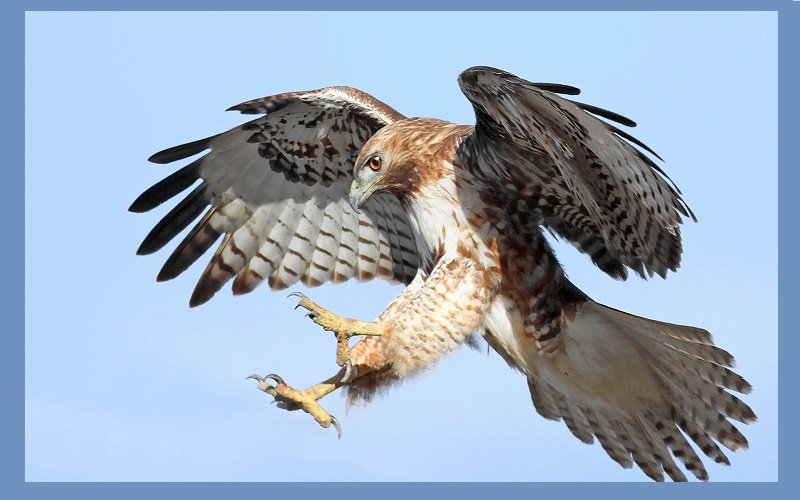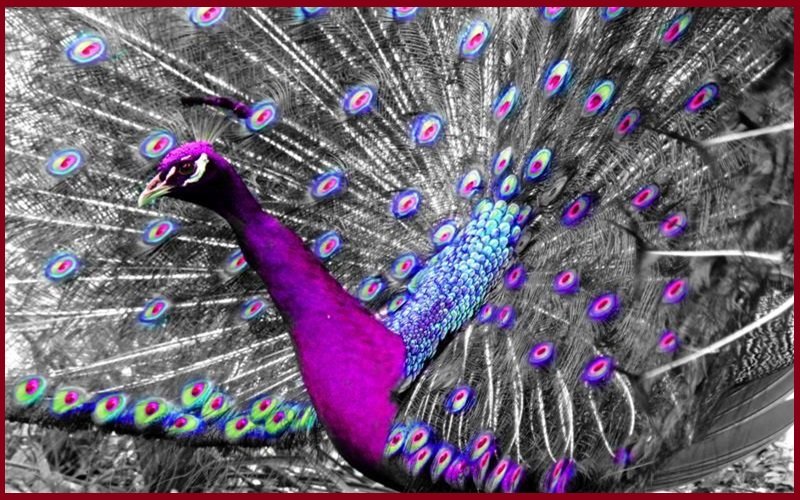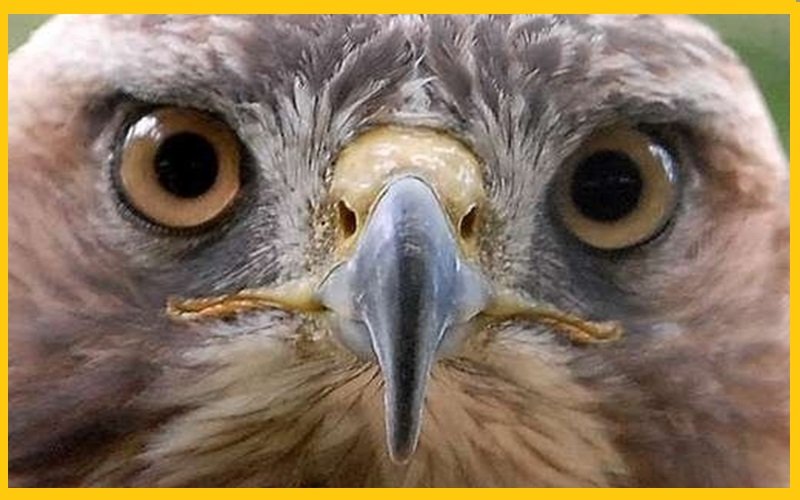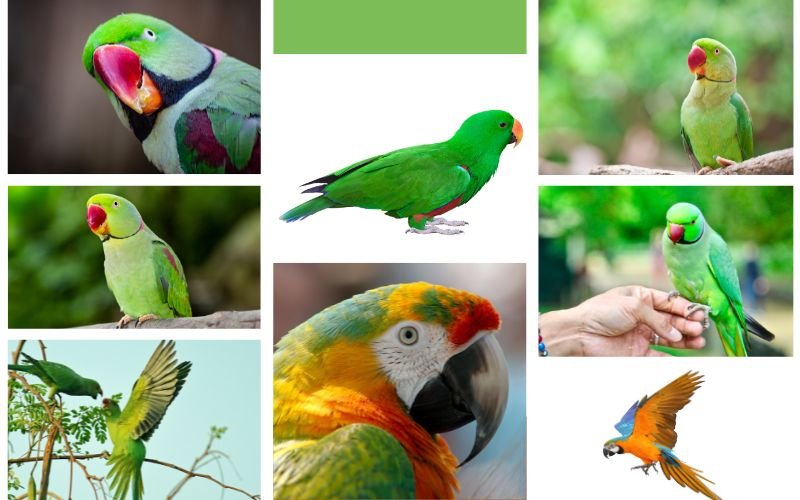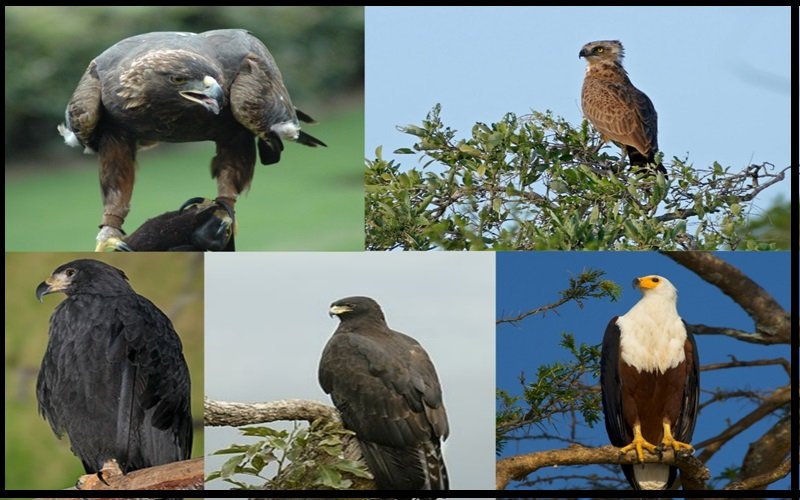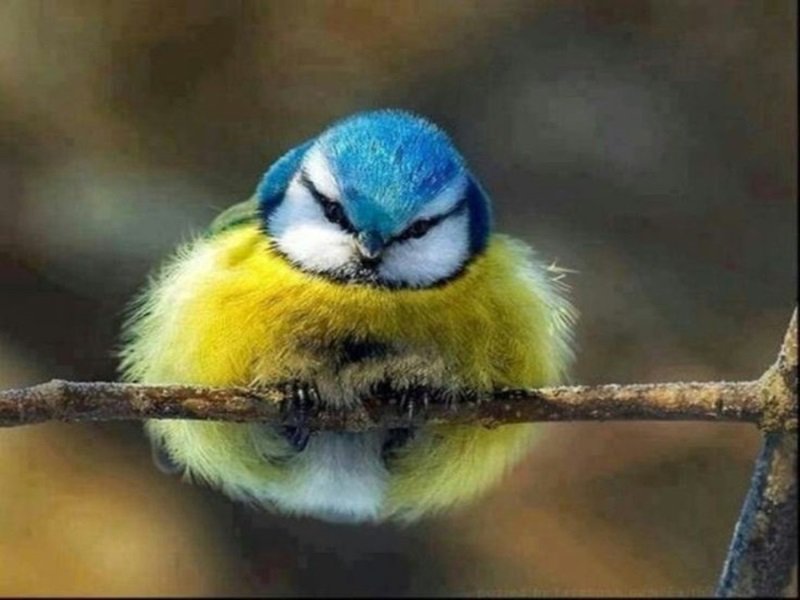Birds are unique avian species with some characteristics. One of these characteristics is having a tail.
But do you believe all birds have tails? Does the tail play a crucial role in the body? Well, this article will answer these questions.
I will explore whether birds have tails or not, the purpose of their tails, the myth or reality behind tails, and bird anatomy for you so that you can have a closer idea about birds’ bodies. So, let’s explore the bird’s tail factor in their life.

Do All Birds Have Tails?
Briefly speaking, all birds have tails, a very common and pre-established body feature. However, their shape and size vary from species to species.
Some have extremely long tails, while others have square-shaped tails, short tails, round tails, pointed tails, fan-shaped tails, and forked tails.
All these tails mostly have different shapes and sizes based on different species. Almost all species of avian birds have twelve tail feathers on their tails.
Some birds might have six feathers, or some might have plenty of feathers, about 30 to 40 on their tails. Surprisingly, most species contain the same amount of wing feathers, which are named remiges or rectrices.
However, scientists are still looking for the answer to this question. However, birds’ tails are often overshadowed because we focus more on their wings, head, legs, and other bodily characteristics.
The Purpose of a Bird’s Tail
Every body part of a bird species has their own characteristics and adaptability that help it survive in nature. Birds’ tails generally help them to stay balanced while flying or gliding in the sky.
Even if the bird is perching on a tree or standing on the ground, somehow, it balances the bird’s body weight and distributes an equal amount of strength and energy to their body.
In this case, they can withstand a long perching process or stand for a long time. Similarly, birds’ tails help them get directions correctly.
Because a bird’s tail can assist them in flying up and down by moving its tail, and so, in the middle of the air; birds can change their direction or route of flying by changing their tail’s direction.
Besides, birds’ tails control the ascend and descend flight motion in the air, which helps them fly upwards and go right and left smoothly. Some raptor birds or predatory birds, like hawks, eagles, and owls, spread their tails in a wide shape, which looks like a fan.
Even woodpecker bird tails are strong and stiff, which helps them prop themselves against a tree. Their tails provide them with the necessary balance for perching or foraging for food. Without their tails’ support, they might flip backward, which is quite a risk for their bodies.
Similarly, birds sometimes lift their tails upwards when excited, happy, or scared. They even widely spread their tail feathers, a sign of aggression.
Some birds, like peacocks, spread their tails widely during their courtship performance. During those days, by portraying their tail feathers, Peacocks want to impress their mating partners or want to invite their mating partners for breeding.
Barn swallows also use their forked tails to have agile flight. Some long-distance migratory birds use their tails to maneuver their flight. According to their tail movement, these birds move their wings in that direction. Ultimately, birds’ tail feathers help them direct their path location in the sky.

Birds without Tails: Myth or Reality?
As mentioned, birds are born with tails inherited from their body’s skeleton. However, their tail feathers fully develop when they become adults until that time their tails are in an ingrown process. Some birds’ tail feathers molt seasonally.
Still, a bird without a tail is not a myth. People believe every bird has a tail, which is not true. It is their misconception because some birds are in the without-tails category.
These birds do not have tail feathers like emu, and ostriches are among the categories of birds that don’t have tails since they have lost their tails throughout their evolution.
They are flightless birds that remain on the ground for their whole lives. As they do not fly in the sky, they usually do not need tails to maintain their body balance or direction for flight agility.
Because their legs are structured in such a way that their whole body weight can be balanced on their legs just like humans.
Similarly, tailless birds could be a mythical concept because, in rare cases, birds do not have tail feathers. But in most cases, birds have tails.
Nonetheless, birds can lose their tails due to accidents, injuries, or health issues, which is another factor that makes them tailless birds. A bird can lose its tail to escape a predator’s reach.
Some birds have deficiencies in growing their tails properly, which results in reduced or modified tails. In such situations, birds’ tails don’t contribute much to their agile flight. They can not even fly at high speed due to a tail deficiency.

Bird Anatomy: A Closer Look
To grasp the full idea of all birds’ adaptability, you must clearly understand birds’ anatomy. Therefore, you will understand their tails’ contributions to their life in the wild. Let’s take a closer look at bird anatomy.
Wings
Birds’ wings are basically the upper limbs of their bodies that enable their flight ability. Similarly, wing sizes or shapes are very important and vary a bird’s flight ability during soaring or gliding.
Beak
The beak or bill is a significant feature that identifies a bird’s features. Generally, a bird’s beak is smooth and slightly curved, although it varies from species to species.
Some have slightly curved beaks, and some have really long curved beaks. Their beaks help them find food, seeds, and fish. They also enable the different strategic minds that they use with their beaks.
Feet
Birds’ feet are the same color as their legs. However, in some cases, the feet’ color might differ from the legs’. The size of birds’ feet and the placement of their toes, claws, or talons help them catch their food.
With these feet, birds can easily forage, walk, jump, and swim. Thus, it’s mostly beneficial for birds’ individual needs.
Feathers
Feathers or plumage are a bird’s body’s outer portion covering their skin. These feathers are functional for many purposes on birds’ bodies.
They help them with body heat or warmth, save their skin from outer danger or scratches, and camouflage their bodies with their surroundings to save themselves from predators and intruders. Moreover, they also use features to enhance their courtship performance.
Tails
A bird’s tail is a set of feathers generally arranged symmetrically. Usually, birds have 6 pairs of feathers in their tails while the middle or central pair is attached to their body.
Tail size, shape, and feather number vary from species to species. Birds’ tails also help them in flight direction, balancing their body weight during gliding.
Conclusion
First, most avian species have tails, except some flightless or tailless birds lost their tails due to accidents, injuries, and health issues.
Some birds also lose their tails while saving themselves from predators. In such cases, birds lose their tails, but most of the avian species are inherited with their tails from the time of their birth.
Additionally, these tail feathers help these avian species during their flying by guiding the correct direction in the sky. Later, the bird’s body and wings follow the direction of the path.
Besides, birds’ tails also help them to balance their body weight in the sky during their flight. Thus, by understanding the proper bird’s anatomy, we can thoroughly understand every feature of their body that contributes equally to their wild nature.



